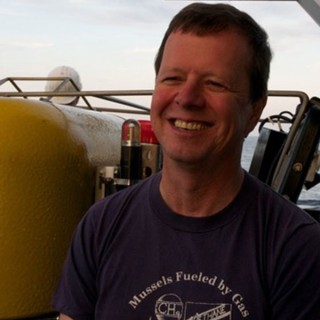Long before heading out for a major multidisciplinary research cruise like this one, most ships’ captains, funding agencies, and participants expect to have a detailed Cruise Plan in their hands. I’ve been chief scientist on 38 research cruises over the years and now know these documents are actually Fantasy Plans. When you work in the deep sea, with new and cutting edge technology, in environments that often change between visits, and in areas where the weather is unpredictable, cruises almost never go the way they were planned. Our Fantasy Plan changed before we left the dock in Suva for the first leg, because we were delayed due to weather. The weather stayed marginal or worse for the entire cruise, so that we ended up regularly losing “planned” dives right up until we arrived back to port in Suva a day early (with the four meter seas that chased us off our dive sites following us all the way back). But we adapted.
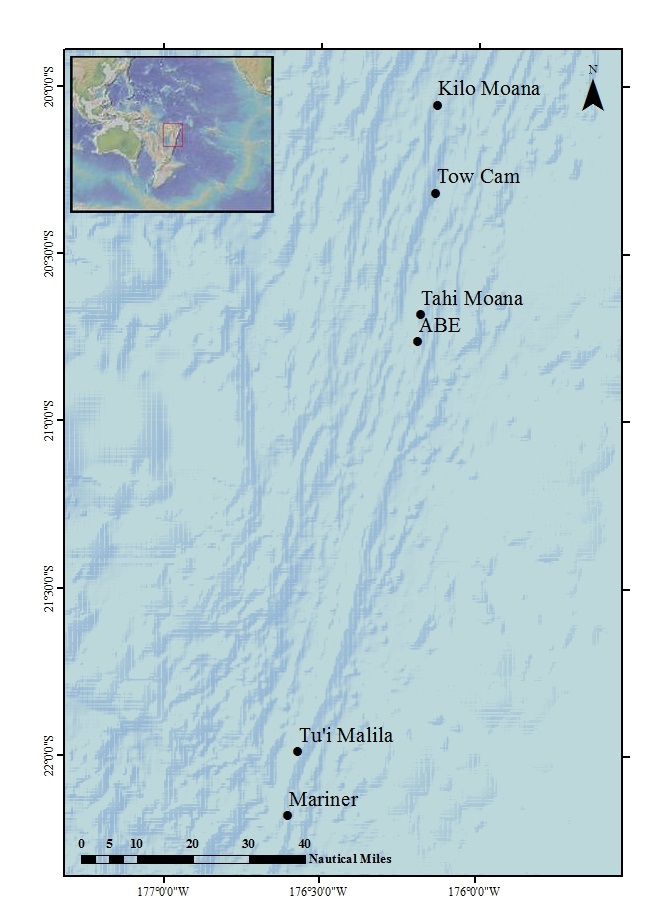
In our Fantasy Plan, we would spend roughly equal amounts of time at four vent fields we had visited before, but instead we worked intensively at two, spent 24 hrs during the best weather we encountered working at a third, and never visited the fourth because of weather limitations at this deeper site. However, we filled in the holes this left in our study design by diving on two other vent fields to collect the needed complementary data and samples – and we made unexpected discoveries at these other sites that were not in our original cruise Fantasy Plan! At one site called Mariner, a vent field we had visited before but not worked on much because of the lack of vent biology there, we found the first evidence of settlement by vent animals typical of this region, the symbiont-containing mussels. This tells us the chemistry at this field has changed considerably since our last visits, something we will investigate in detail with the water samples we collected. At the other, a vent field named Tahi Moana discovered in 2009 after our last visit to the area, we discovered an animal never before seen in what we call a “peripheral vent environment.” This small octocoral abounded on pillow basalt adjacent to areas with vigorous diffuse vent flow. It may be a species that is new to science, which is something we are excited to investigate as soon as we return to our labs.
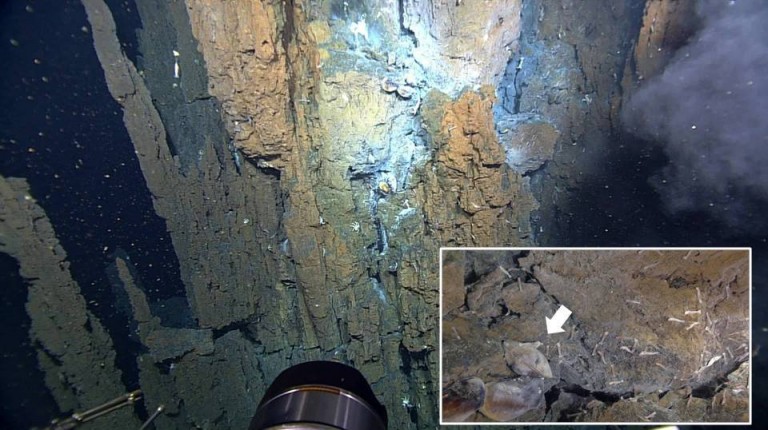
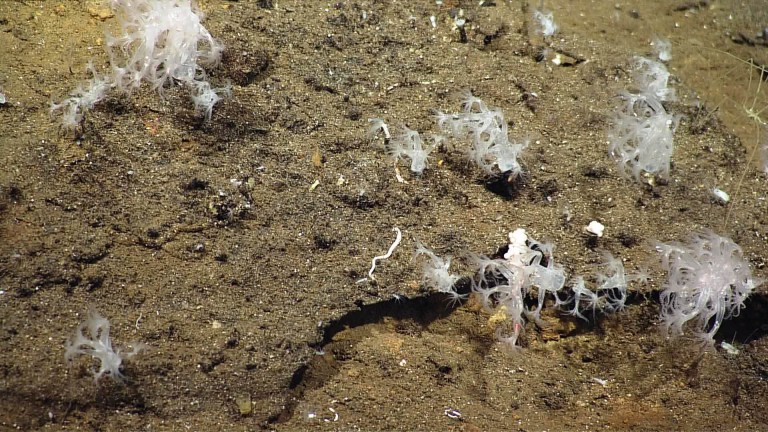
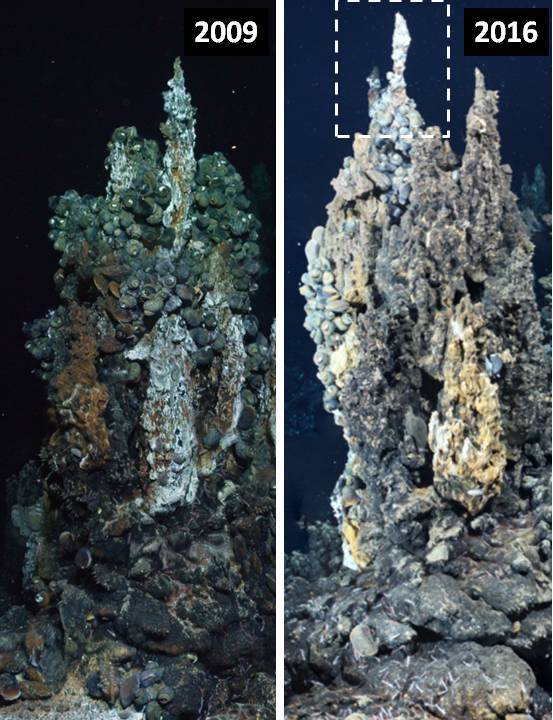
Despite the loss of many planned dives, we accomplished almost everything we had hoped to accomplish on the expedition. Although it will be at least a year before we have most of the data and samples processed from the studies conducted on this cruise, we already have tantalizing hints from our surveys and experiments. As we put together our Fantasy Plan, we thought it very likely that either volcanic or tectonic activity at one or more of the vent fields we would visit would have changed our study sites enough to make them unrecognizable. However, we located and were able to resurvey every study site at every vent field we dived on. And remarkably, even the changes in animal distribution were minimal at every one. Clearly we have to rethink our assumptions about the level of natural geological activity and the tempo of biological change on this spreading center.
Another key goal of this expedition was to measure and quantify the effects of the animal communities on the chemistry of the water coming out at the vents. To do this we built a new device, the Flux Integrator. We used this devise to accumulate the diffuse flow through a patch of animals and measured the flow rate by timing the passage of particles up the “stove pipe.” We measured the chemistry of the water going through the patch of animals with the in situ mass spectrometer and then collected the animals and repeated the measurement without their influence. The simple (but elegant) device worked very well, and the data set generated will provide the best measurements of the metabolic activity of communities of vent animals in their native environment ever collected!
